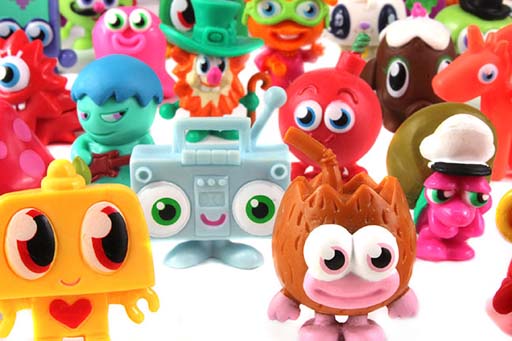2.1 What is a virtual world?
It is important to agree on what is meant by a ‘virtual world’. Would you agree that it would include the following elements?
- an online computer-mediated 3D or 2D environment
- a shared and persistent experience
- interactions occurring in real time
- ‘rules’ determining how individuals effect changes
- individuals using an ‘avatar’: an icon or figure that represents that individual within the virtual world.
Taken together, virtual worlds are platforms that might involve the user solving problems, exploring, role-playing or similar.
It’s likely that if you live in the UK you will have heard of the popular CBeebies site produced by the BBC for pre-schoolers, children under the age of six. Sesame Street from the USA is another example, with a rich website offering children the opportunity to play educational games, watch videos or make art with their favourite Sesame Street characters.

Critics of virtual play put forward similar arguments to those used against digital communication more generally. They are concerned about the risks of exposure to a wider community and worried that children have less time to spend on real-world play and more ‘meaningful’, face-to-face relationships.
However, by 2014 there were over 158 virtual worlds designed for children, with the top three for primary-age children being Club Penguin, Moshi Monsters and Habbo Hotel. In fact, an AVG Digital Diaries survey (2014) found that of the 6–9-year-olds surveyed, 46 per cent spent their online time playing in virtual worlds.
Virtual worlds involve contact with other players and their avatars and many parents or teachers worry that allowing children access to such sites is dangerous and unsafe. But the creation of ‘safe, child-friendly’ social networking sites, like Moshi Monsters, is changing the way we see online play.
Moshi Monsters is a social networking site designed specifically for young children. It has gained enormous popularity, despite media concerns about security and safety. Children can choose from one of six virtual pet monsters (Diavlo, Luvli, Katsuma, Poppet, Zommer and Furi) that they can create and care for. Once their pet has been customised, players can navigate their way around their virtual world and complete ‘Super Moshi’ missions. They can also personalise their own virtual room, play games and communicate with other users in a safe environment. Such virtual worlds are far more open ended than rule-based board games and offer opportunities for children’s fantasy and imagination (Marsh, 2016).
There are many additional educational advantages of allowing children access to virtual play worlds. By solving a wide range of fun, daily puzzles they gain new skills, including logic, spatial awareness, problem solving, numeracy and verbal communication.
But how safe is the online world? Many parents feel comfortable with the relatively safe environment and the additional security features that the website offers. It is important that no matter which virtual worlds their child uses, parents are aware of the security features and how the site works. The best way to find out is to play together with the child for a while. After all, if parents enjoy playing with their child offline, why not try online too?
Activity 2
Considering what you’ve read in this section, and your own experience of virtual worlds:
- Is there a difference between a child’s and an adult’s perceptions of using virtual worlds?
- To what extent can children’s activity in a virtual world be described as play?
Write a paragraph into your notes, explaining your views.
